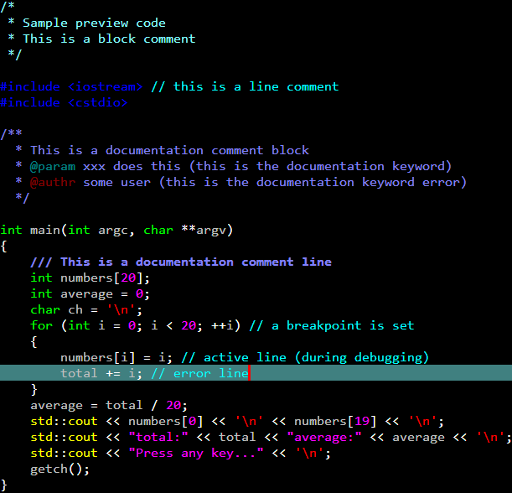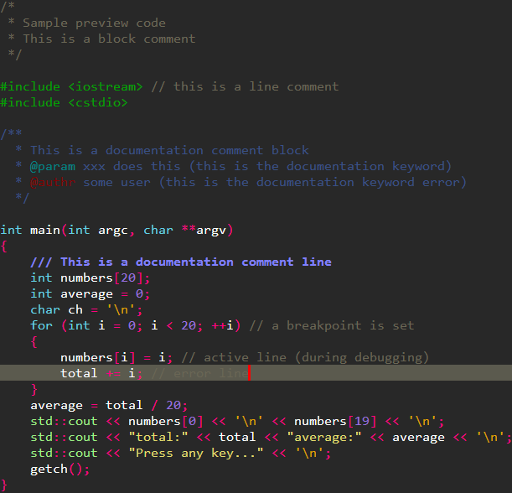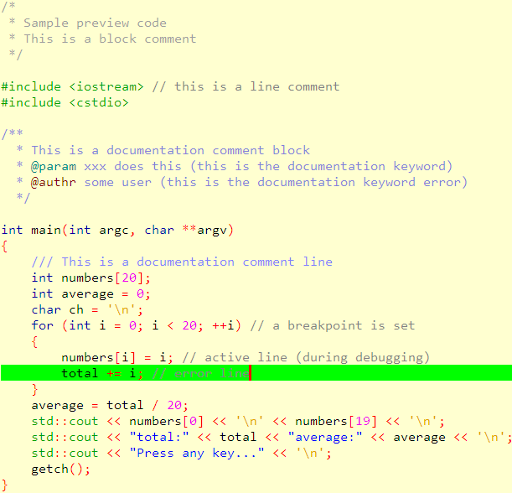Greetings Everyone,
If you use Code::Blocks as your IDE and are a bit bored with the same plain vanilla codeblocks theme , Follow this installation guide to get the custom colourful new Themes :- link
Steps for installation Mentioned here :- link
Some of the themes
VIM

Sublime

ModnokaiNightShift_v2

Bright Yellow

Note :-
1) If you tend to use dark themes , don't forget to change the cursor colour to white
To change cursor colour just goto Settings -> Editor -> Margins and Caret -> Caret -> Colour
2) Always backup your default.conf file before replacing it
3) My system has Code::Blocks Version 12.11 and Windows 8.1 don't know much about how to do it in Linux but I think it would probably be the same.











 and since the line joining the centers would be perpendicular to the slope of line joining
and since the line joining the centers would be perpendicular to the slope of line joining  .
. where
where 

